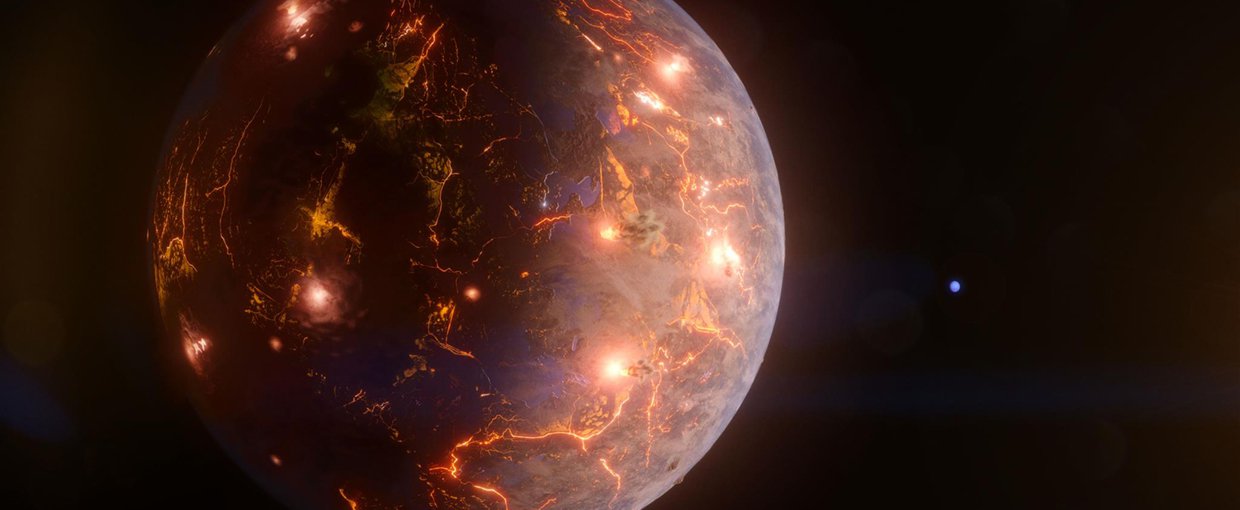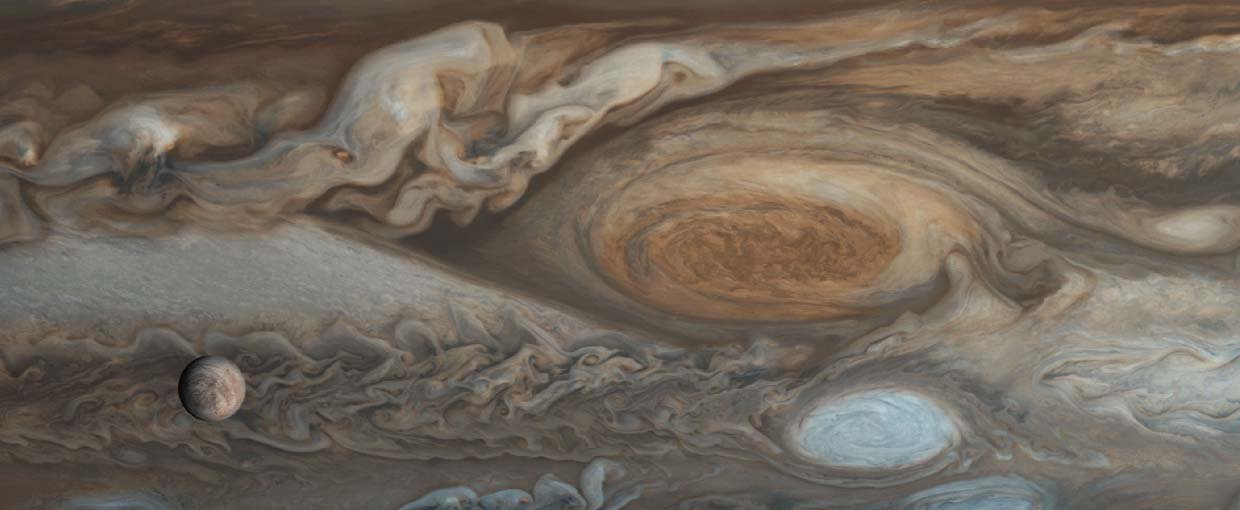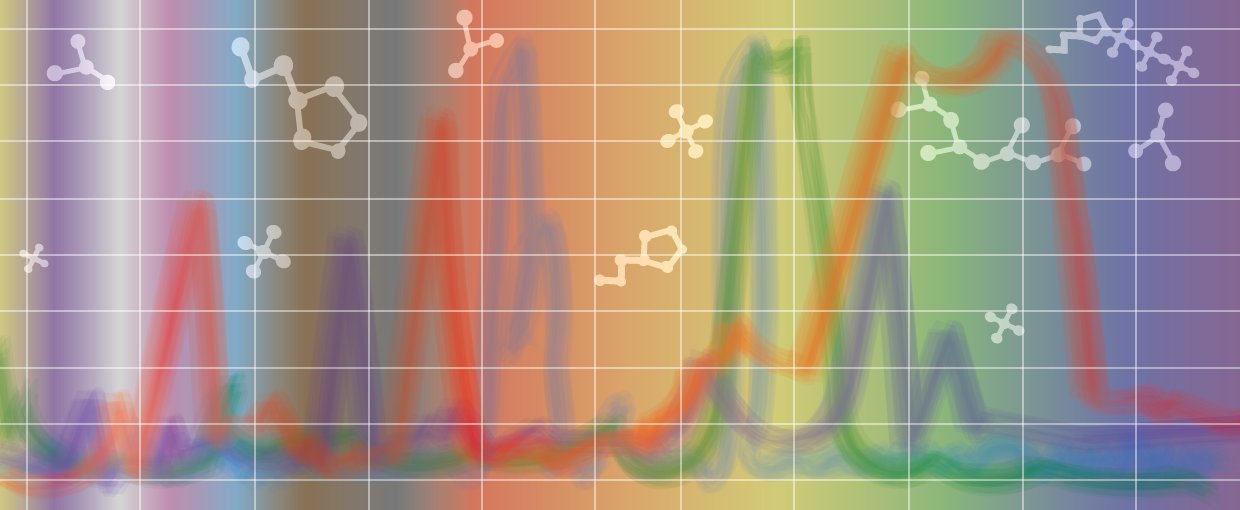House, C. H., Orphan, V. J., Turk, K. A., Thomas, B., Pernthaler, A., Vrentas, J. M., & Joye, S. B. (2009). Environmental Microbiology, 11(9), 2207–2215. doi:10.1111/j.1462-2920.2009.01934.x
Johnston, D. T., Wolfe-Simon, F., Pearson, A., & Knoll, A. H. (2009). Proceedings of the National Academy of Sciences, 106(40), 16925–16929. doi:10.1073/pnas.0909248106
Joshi, P. C., Aldersley, M. F., Delano, J. W., & Ferris, J. P. (2009). Journal of the American Chemical Society, 131(37), 13369–13374. doi:10.1021/ja9036516
Latham, D. W., Bakos, G. Á., Torres, G., Stefanik, R. P., Noyes, R. W., Kovács, G., … Pál, A. (2009). The Astrophysical Journal, 704(2), 1107–1119. doi:10.1088/0004-637x/704/2/1107
Lisse, C. M., Fernandez, Y. R., Reach, W. T., Bauer, J. M., A’Hearn, M. F., Farnham, T. L., … Groussin, O. (2009). Publications of the Astronomical Society of the Pacific, 121(883), 968–975. doi:10.1086/605546
Lyons, J. R. (2009). Chemical Geology, 267(3-4), 164–174. doi:10.1016/j.chemgeo.2009.03.027
Lyons, T. W., & Reinhard, C. T. (2009). Nature, 461(7261), 179–181. doi:10.1038/461179a
Meschiari, S., Wolf, A. S., Rivera, E., Laughlin, G., Vogt, S., & Butler, P. (2009). Publications of the Astronomical Society of the Pacific, 121(883), 1016–1027. doi:10.1086/605730
Nuevo, M., Milam, S. N., Sandford, S. A., Elsila, J. E., & Dworkin, J. P. (2009). Astrobiology, 9(7), 683–695. doi:10.1089/ast.2008.0324
Oremland, R. S., Saltikov, C. W., Wolfe-Simon, F., & Stolz, J. F. (2009). Geomicrobiology Journal, 26(7), 522–536. doi:10.1080/01490450903102525



